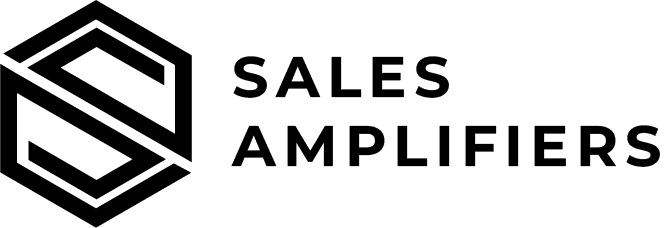- By Noor Ur Rehman
- February 9, 2025
- No Comments
The way search engines find you online depends on crawlability & indexing combined with indexability as important factors in Search Engine Optimization (SEO). Maximizing the efficiency of these elements allows search engines to read your content and interpret it for eventual page ranking positions.
Table of Contents
ToggleUnderstanding Crawlability & Indexing
Crawlability refers to a search engine’s ability to navigate through your website’s pages via links. Search engines deploy bots, often called “spiders,” to traverse the web, following links to discover new or updated content. If these bots encounter obstacles—such as broken links, orphaned pages (pages without internal links), or directives that block access—they may miss essential content on your site. Ensuring a logical site structure with clear internal linking is crucial for optimal crawlability.
Indexability, on the other hand, pertains to a search engine’s capacity to analyze and store your site’s pages in its database. Even if a page is crawlable, certain factors can prevent it from being indexed. These include the use of “noindex” meta tags, canonical tags indicating duplicate content, or directives in the robots.txt file that disallow indexing. Without proper indexability, your content won’t appear in search engine results, rendering it invisible to potential visitors.
Effective Strategies for Crawlability & Indexing
To enhance both crawlability and indexability, consider implementing the following best practices:
Optimize Site Structure: Develop a logical, hierarchical architecture that allows search engine bots to navigate your site effortlessly. Ensure that all important pages are accessible within a few clicks from the homepage.
Utilize Internal Linking: Incorporate internal links to connect related content, aiding bots in discovering and indexing all pertinent pages. This practice also distributes link equity throughout your site, bolstering SEO performance.
Maintain an Updated XML Sitemap: An XML sitemap acts as a roadmap for search engines, listing all significant pages on your site. Regularly update and submit your sitemap through tools like Google Search Console to facilitate efficient crawling and indexing.
Monitor and Rectify Crawl Errors: Regularly use tools such as Google Search Console to identify and fix crawl errors like broken links or server issues that impede bots from accessing your content.
Optimize Robots.txt and Meta Tags: Configure your robots.txt file to guide bots on which pages to crawl and index. Be cautious with “noindex” tags; apply them only to pages you intentionally want to exclude from search results.
Ensure Mobile-Friendliness: With Google’s mobile-first indexing, the mobile version of your site is prioritized. Implement responsive design and ensure that mobile users have a seamless experience to maintain high rankings.
Enhance Page Load Speed: Fast-loading pages improve user experience and are favored by search engines. Compress images, leverage browser caching, and minimize code to boost load times.
Avoid Duplicate Content: Duplicate content can confuse search engines and dilute ranking potential. Use canonical tags to indicate the preferred version of a page and ensure each piece of content is unique.
Regularly Update Content: Fresh, relevant content encourages search engines to crawl your site more frequently, enhancing the chances of higher rankings. Maintain a consistent content update schedule to keep your site active and engaging.
Implement Structured Data: Structured data helps search engines understand your content better, potentially leading to rich snippets in search results. Utilize schema markup to provide context to your content.
Conclusion
Crawlability & Indexing is the process of making your website both searchable by search engines and easily discoverable by search engines is essential for their efficient analysis and ranking of your website content.




